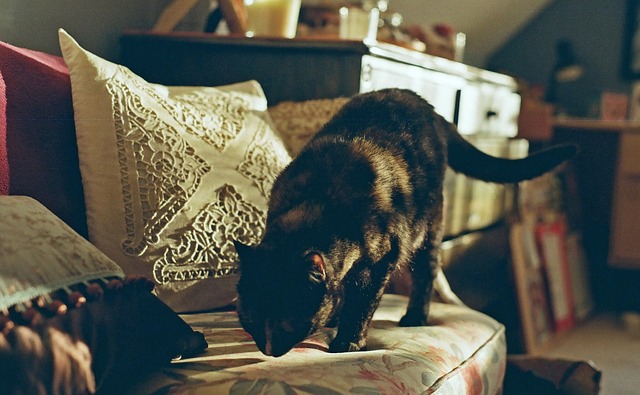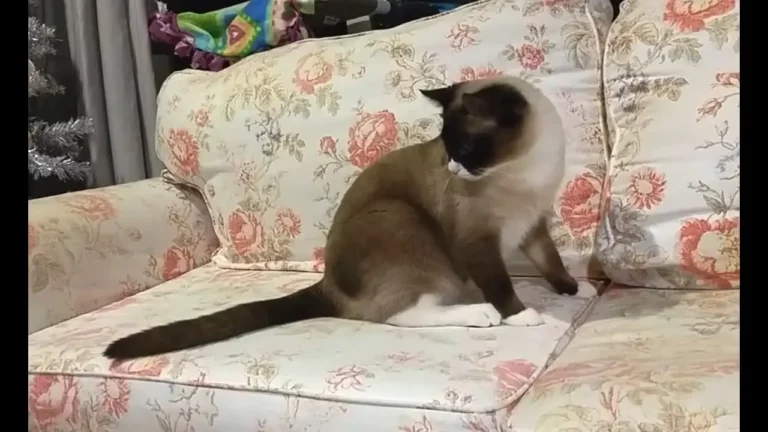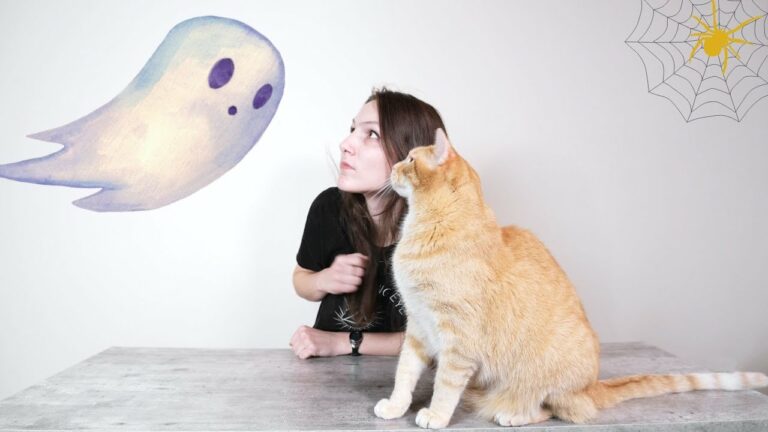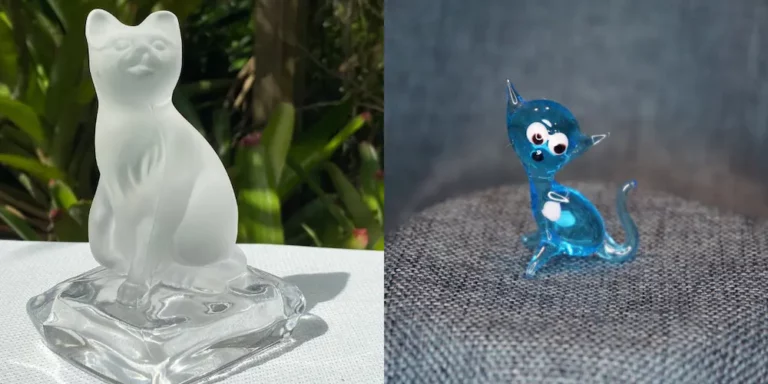How to Keep Cats Off Furniture
If you have ever had a
One important thing that you must have is patience. It will be easier to accomplish this with a younger
How to keep cats off furniture
- One of the first things that you need to do is convince your
cat that the furniture, whether it is the couch, chair, bed, or counter, is an unpleasant place to be. It seems that once yourcat finds something unpleasant they will lose interest in it for ever. Here are some simple ways you can do this. - You can get a product called Sticky Paws double sided tape and keep the area that the
cat uses for a landing area covered with them for a few days. It can work on counter edges, or even sofa edges. Acat is not happy with the way it feels on their paws. Although you can take it off after a few days, it is advisable to leave it on for a few weeks. Once you remove it, they should avoid the area. - You can also give your
cat alternative high points they can jump on in the house. They do not jump on furniture just to annoy their owner as they are anti-gravity climbers by nature. - Get an indoor
cat tree.
Make sure when they do stay off the furniture that you praise them for doing so. You can try to give them a treat, but many cats couldn’t care less about a treat. Most cats like to snuggle down on some furniture or use the furniture pieces (couches, especially) as if they were scratching posts, and some will leave offensive odors behind. Trick your
How to keep cats from scratching furniture
It is no secret. Cats love to use furniture, and table legs for scratching posts. Some even like to scratch your carpet. They do this to clean the exterior sheath of their nails, sharpen their claws, and remove cuticles.
One of the best investments is a scratching post, which you can get in various sizes, shapes, and materials. If your
Provide your feline friend with a durable and attractive scratching solution using this 22" tall cat scratching post. Made of 100% natural sisal hemp with a weighted MDF base, it ensures stable usage and protects your furniture by offering a satisfying alternative for your cat to scratch. Easy to assemble and designed for indoor use, this post complements your decor while keeping your cat entertained and your furniture intact.
You may have to do this many times until they get the message that the scratching post is what they are supposed to use. If possible, pick a scratching post that is similar to the type of material that your
Most cats have a preference for scratching posts that are made of rough material so they can shred it. You can find scratching posts made from cedar, rope, hemp, or cardboard. It will take trial and error to find the one that your
If your
Many cats will scratch things in areas they have passed through to leave their scent to mark their territory, especially in room entrances and sleeping areas. If you have more than one
How to keep cats from peeing on furniture
One of the main reasons that cats pee on furniture is to mark their territory. It is also referred to as
Use mouthwash to lightly spray your furniture as it gives off a strong smell that most cats do not like. They will stay away from it, but you will have to repeat it because in time the smell will dissipate and the
Move their litter tray to an area that is less noisy, less visible to others, or in a place that is not hard to reach. It should be in an area that is well lit, quiet and easily accessible.
Make sure that you are keeping the litter box clean.
You may also have to change the brand of litter you use as the litter is not something they like. For example, clay litter could get between their toes and cause pain.
In conclusion
In order to keep your







